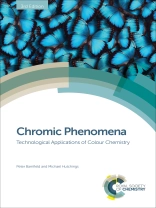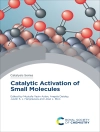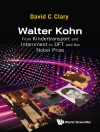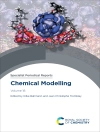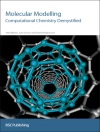Chromic or colour related phenomena are produced in response to a chemical or physical stimulus. This new edition will update the information on all those areas where chemicals or materials interact with light to produce colour, a colour change, or luminescence especially in the imaging, analysis, lighting and display areas. The book has been restructured to show greater emphasis on applications where ‘coloured’ compounds are used to transfer energy or manipulate light in some way therefore reducing the details on classical dyes and pigments.
In the past eight years, since the previous edition, there has been a remarkable increase in the number of papers and reviews being produced reflecting the growth of interest in this area. This ongoing research interest is matched by a large number of new technological applications gaining commercial value covering e.g. biomedical areas, energy, data storage, physical colour, bio-inspired materials and photonics. This book appeals to industrial chemists, professionals, postgraduates and as high level recommended reading for colour technology courses.
Tabela de Conteúdo
Part 1 Colour Change Phenomena and their Applications – Introduction; Photochromism; Thermochromism; Ionochromism: Halochromism, Acidochromism and Metallochromism; Electrochromism; Gasochromism; Solvatochromism; Vapochromism; Mechanochromism; Chromic Phenomena via Aggregation; Miscellaneous Chromisms; Colour Change and Nanoplasmonics; Electrophoretic Displays; Part 2 Luminescent Materials and their Applications – Introduction; Photochromism; Chemiluminescence; Bioluminescence; Electrochemiluminescence; Electroluminescence; Mechanoluminescence; Incandescence; Part 3 Light Processing Materials in Biomedical, Energy and Other Applications – Introduction; Near-Infrared Absorbers and Their Applications; Optical Data Storage; Organic Photoconductors; Photosensitisers; Photosensitisers in Medicine and Chemical Biology; Solar Energy Utilisation; Conversion of Light into Kinetic Energy; Part 4 Light Manipulation Materials, Structural Colours and Photonics; Introduction; Liquid Crystal Materials and Their Uses; Colours from Physical Effects; Holography; Laser Diodes; Nonlinear Optics; Photorefractive Polymers; Organic Chromophores used as Commercial Dyes and Pigments; Increase in the Number of Relevant Scientific Publications; Subject Index
Sobre o autor
Dr Peter Bamfield has been involved in colours research and development for over 50 years. Since retiring from full time management in the colour industry, he has maintained an up to date knowledge of the subject area, especially on the newer applications, whilst acting as a freelance consultant to international companies, publishing reviews and presenting papers at colour conferences. He is a Fellow of The Royal Society of Chemistry and a Member of the Society of Dyers and Colourists. He authored a book on Research and Development Management in the Chemical and Pharmaceutical Industry (Wiley-VCH) which has now been published in three editions.
Dr Mike Hutchings spent 34 years in research functions in the UK and German chemical industry, mainly in colour-related and computer chemistry areas. For the past 7 years he has been involved in various freelance consultancy roles, some involving colour chemistry and associated businesses, but especially with the Munich company Info Chem on computer aided synthesis developments. He is a Fellow of the Royal Society of Chemistry. His latest applied chemistry interest concerns the cultivation and study of his freshly planted wood of about 2000 native British trees.
